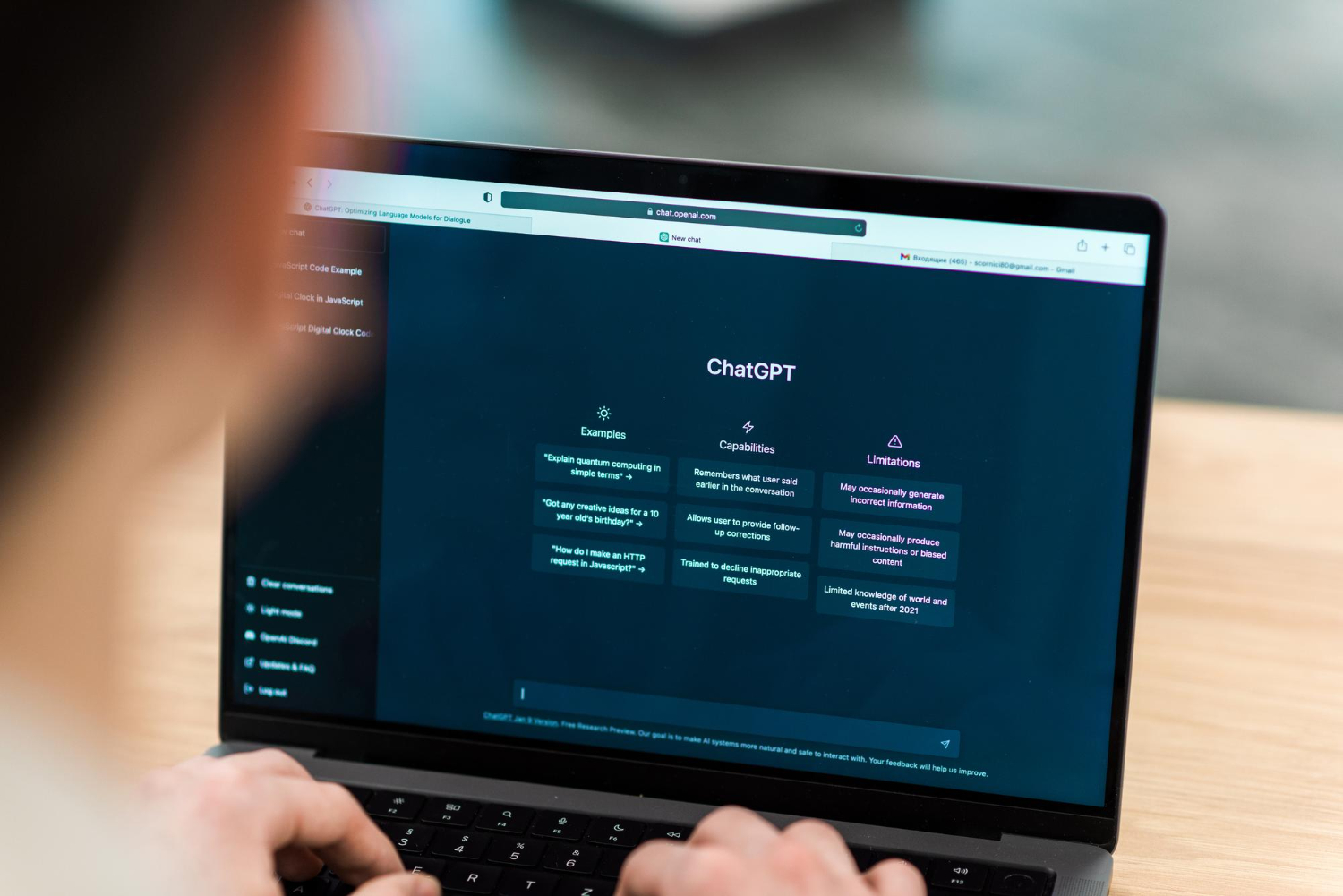-
Defining Research Objectives: How To Write Them

Almost all industries use research for growth and development. Research objectives are how researchers ensure that their study has direction and makes a significant contribution to growing an industry or niche. Research objectives provide a clear and concise statement of what the researcher wants to find out. As a researcher, you need to clearly outline…
-
Professional Survey Cheaters & How to Avoid Them

The primary goal of surveys is to collect information about a specific population is to leverage the data for decision-making. But what happens when the data you are collecting is false? Professional survey cheaters are individuals or groups who deliberately provide false or misleading information in surveys to earn money or manipulate the results. When…
-
18 Survey & Market Research Certifications To Have by 2024

Introduction Market research is a career that requires a variety of competencies in order to execute the job duties effectively. These competencies will also aid you in establishing yourself as an industry expert in that space Knowing what skills to acquire and where to find them is a vital component of professional development. The essence…
-
What is Customer Sentiment & How To Measure It

Introduction Understanding customer sentiment is an essential action for businesses. It allows companies and organizations to gauge customers’ feelings about their products, services, and brand. In today’s article, we will explore the concept of customer sentiment, starting with its definition, and the importance of measuring it. We will also delve into customer sentiment scores as…
-
Sentinel Surveillance: Using Formplus In Public Health Data Collection

Sentinel surveillance is one of the simplest and most effective methods for collecting data about public health issues. It involves selecting a small, representative sample of the population to monitor the occurrence of specific diseases or conditions. Also, sentinel surveillance helps monitor trends, detect outbreaks, and evaluate interventions seamlessly. This allows public health professionals to…
-
What is Trigger Marketing: Guide & Examples

Introduction Trigger marketing just as the name implies refers to initiating or instigating certain events that would propel people to buy a product or service. It is tied to timely messages or offers that appeal to customers in a somewhat kairos moment. The concept of trigger marketing revolves around the idea that certain events or…
-
What is Brand Authenticity?

Introduction Brand authenticity is a concept that holds immense significance in today’s market. As a consumer, you expect brands to be authentic and genuine in their interactions, messaging, and overall brand experience. In this comprehensive blog post, we will explore the concept of brand authenticity, its importance, and how it impacts your relationship with brands.…
-
How to Use ChatGPT to Write Survey Questions

Introduction ChatGPT is an advanced language model that can assist you in various writing tasks, including the development of survey questions. By leveraging the capabilities of ChatGPT, you can generate diverse question types and receive instant feedback, enhancing the quality and effectiveness of your surveys. Understanding Survey Question Types When creating survey questions, it is…
-
How To Reduce Survey Refusal Rates

Introduction Participating in surveys is essential for gathering valuable data, but high survey refusal rates can significantly impact data quality. In this article, we will explore strategies to reduce survey refusal rates and improve overall participation. We will begin by exploring the concept of survey refusal and its significance in survey research. Understanding Survey Refusal…
-
Grievance Handling Guide For HR Practicioners

Introduction Like the satisfying sound that gives when you pop open a bottle of ice-cold soda on a hot and sunny day. Effective grievance handling is soothing to the employees in your workplace. On the other hand, when workplace grievance is poorly handled, it can be likened to the way a bottle of soda, that…
